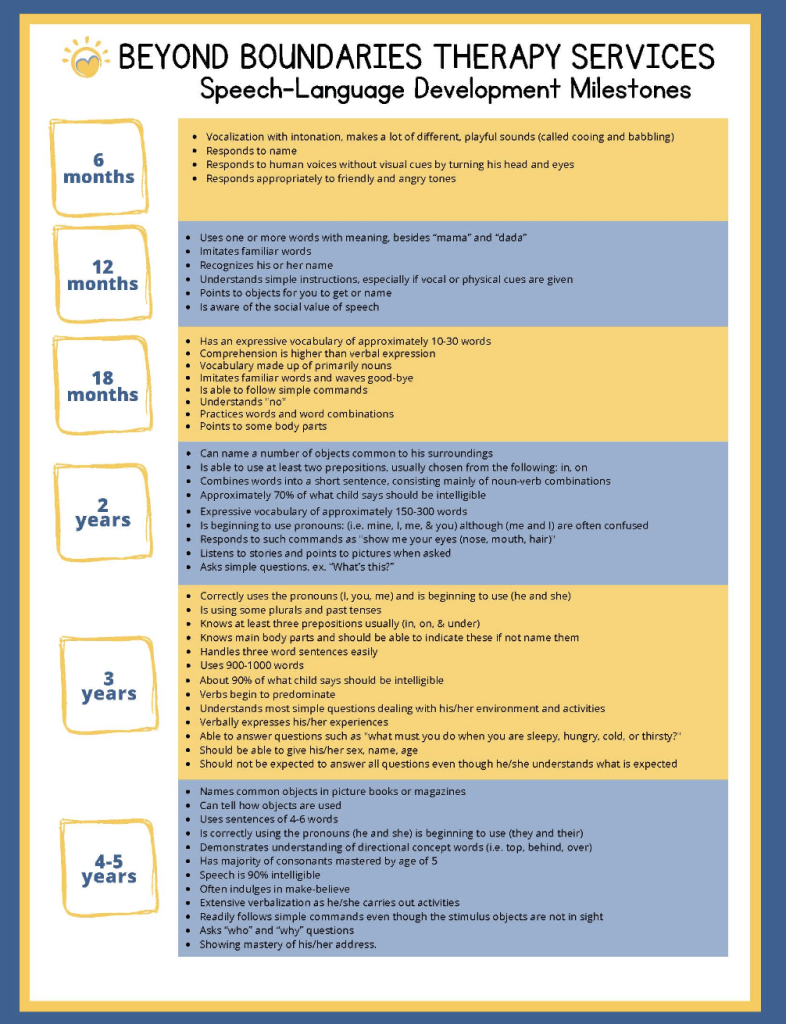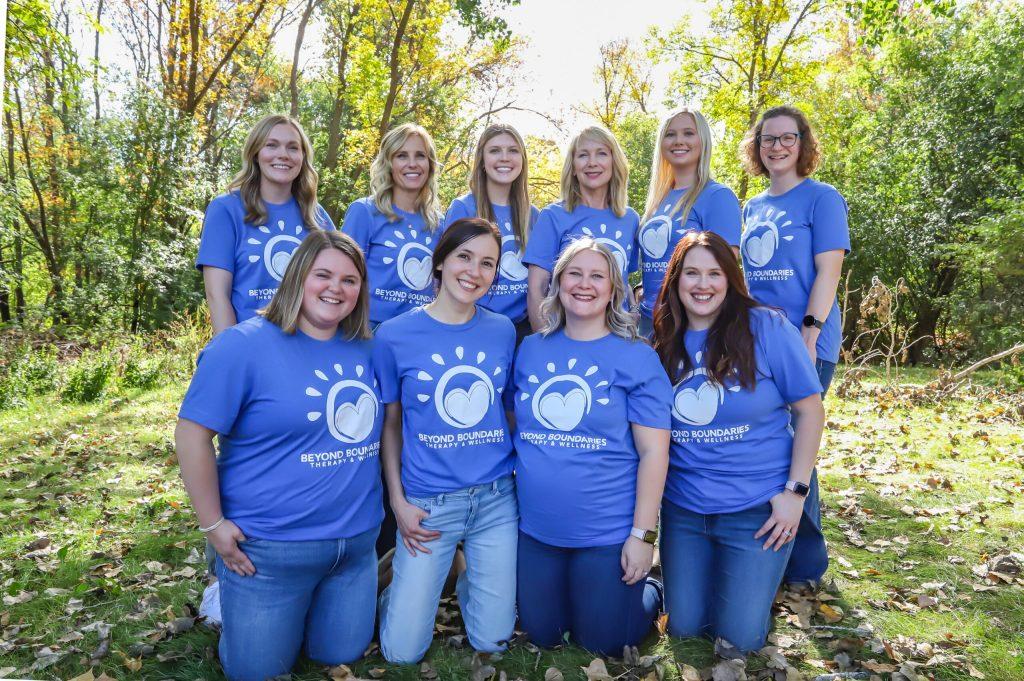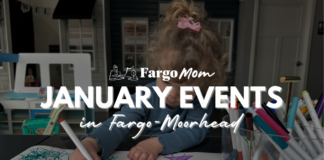
When our kids are babies, we wish there was a manual on deciphering what each cry or grunt means. Are they hungry? Tired? Full? As they approach toddler age, this task becomes a little easier, but there is still that language barrier as they are learning to form words and phrases.
Enter Baby Sign Language!
Teaching babies and toddlers sign language is a great way to better communicate with our children before they can use words to express their needs. By learning a few hand gestures, it can take some of the guess work out of communication, making life a bit easier for everyone.
What is Baby Sign Language?
“Baby sign language” or “baby signs” are simplified versions of American Sign Language (ASL) that have been modified to be easier for babies and young children to use. For example, changing the size or duration of an ASL sign to make it easier for the child to make. Similar to spoken language, we can teach children to sign “more” before they are capable of saying, “I want some more.”
Why teach Baby Signs?
Children develop gross and fine motor skills earlier than words. A child will be physically and developmentally ready to sign “more” far before they can say te word!
Pairing verbal words with baby signs provides your child with a language rich environment and additional models. Teaching baby signs will NOT stop your child from developing verbal speech. It may help these words come faster!
Children develop their receptive language, or comprehension, skills before their expressive language, or talking, skills. This means they understand what they want and need before they are able to verbally express with words. Giving children signs to help them express these needs before they are able to use words will help decrease frustration.
When should I teach Baby Signs?
Babies will be developmentally ready to attend to and start imitating gestures around 6 months of age. Most babies are ready for models and “hand over hand” (HOH) assistance around this time, however may not start to independently use baby signs until 8-12 months.
How do I teach Baby Signs?
First, find activities that are engaging and motivating for your child. Your child is most likely to attend to new information when they are interested! For example, if they like a specific snack, use this to model how to sign “more” or “eat.”
Here are some simple steps to start:
- Get your child’s attention.
- Model the sign while saying the word.
- Help the child make the sign while you say the word.
- Follow with the appropriate action.
For example: When blowing bubbles, ask your child if they would like “more.” Make the sign “more” while saying the word “more.” Help your child make the sign “more” while you say the word “more.” Then blow more bubbles.
What are some examples of Baby Signs to teach?
These are commonly used signs that are simple to teach, and can be used throughout the day. They are a great start to begin to teach baby signs, and can help you move on to other words as you see helpful in your interactions with your child.
- More
- All done
- Eat
- Drink
- Milk
- Help

What if my child still struggles to communicate as they get older?
Despite our best attempts, some kids struggle to develop their speech skills. The Speech Therapy team at Beyond Boundaries Therapy & Wellness can assist families address speech delays and challenges that can occur for a number of reasons, including:
- Articulation disorders/delay
- Language impairment/delay
- Central Auditory processing disorder
- Dyslexia/ Reading Service
- Dysarthria/Apraxia
- Stuttering
- Cognitive development
You can find a helpful list of Speech-Language Developmental Milestones on the Beyond Boundaries website (also shown below), and you can request a free screening for your child if you have any concerns you’d like to ask questions about.
Beyond Boundaries Therapy & Wellness
For more information on Beyond Boundaries Therapy & Wellness or to schedule a screening, call 701-356-0062 or visit beyondboundaries.us.














